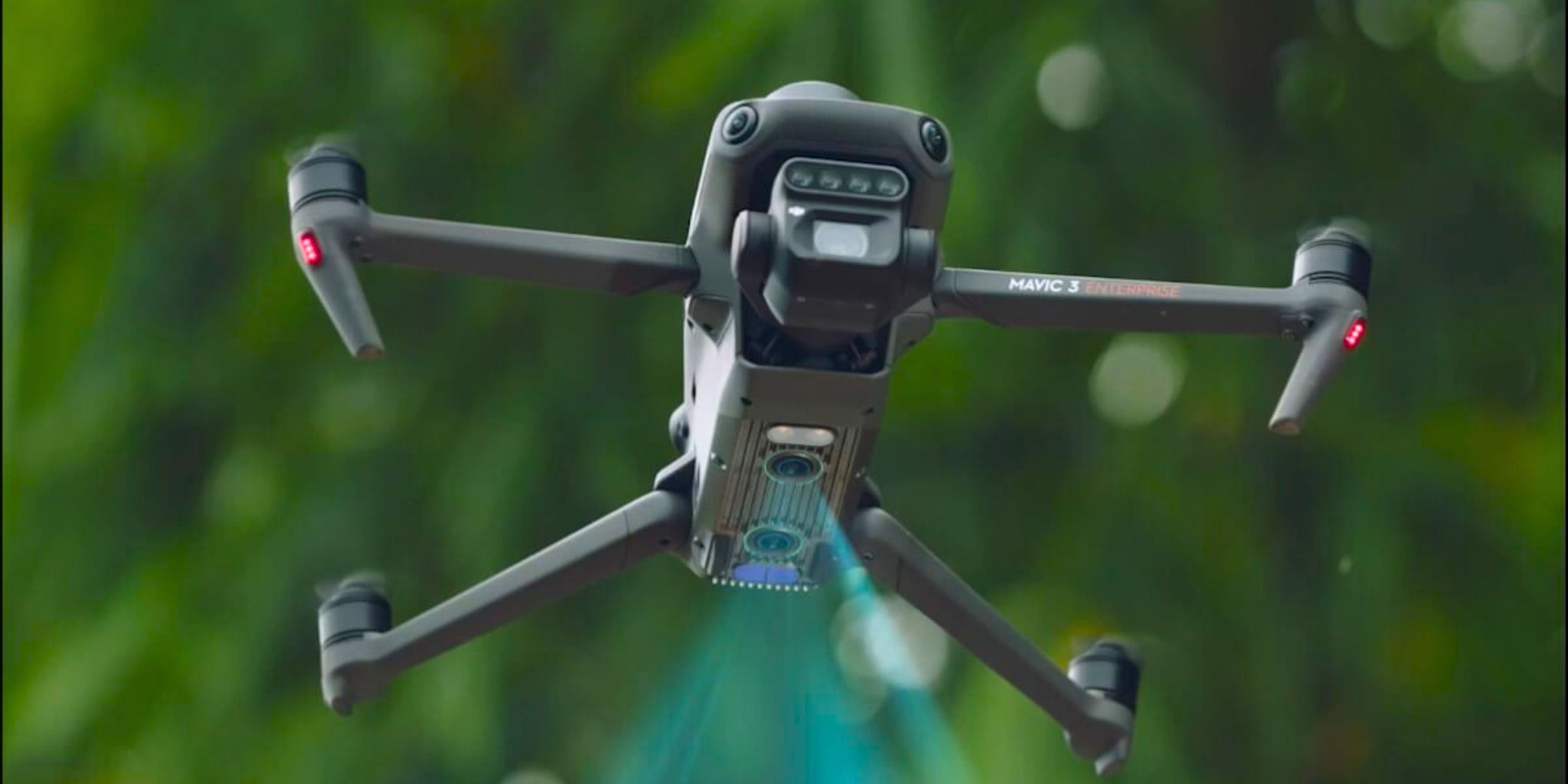In recent years, the intersection of technology and agriculture has seen remarkable advancements, revolutionising traditional farming practices. One such innovation is the DJI Mavic 3 Multispectral drone, a cutting-edge tool designed to empower farmers with precise data and insights for optimised crop management. In this article, we'll delve into the capabilities of this remarkable drone and explore how it's reshaping the landscape of precision agriculture.
Unveiling the DJI Mavic 3 Multispectral
DJI, a pioneer in drone technology, has long been at the forefront of innovation in aerial imaging solutions. The Mavic 3 Multispectral drone represents a culmination of their expertise, specifically tailored for agricultural applications. At its core, this drone combines the versatility and portability of the Mavic series with advanced multispectral imaging capabilities, providing farmers with invaluable data for informed decision-making.
Precision Farming
Precision agriculture, also known as precision farming, involves using technology to optimise crop yields while minimizing inputs such as water, fertiliser, and pesticides. Key to this approach is the ability to gather detailed insights about crop health, soil conditions, and environmental factors. Traditionally, such data collection required extensive manual labour and time-consuming processes. However, with the DJI Mavic 3 Multispectral, these tasks are streamlined and made significantly more efficient.
Multispectral Imaging: Seeing Beyond the Visible Spectrum
What sets the DJI Mavic 3 Multispectral apart is its ability to capture imagery across multiple spectral bands, beyond what the human eye can perceive. Equipped with a high-resolution RGB camera alongside four multispectral sensors (Red, Green, Blue, and Near-Infrared), this drone provides a comprehensive view of crop health and environmental conditions. By analyzing this data, farmers can identify areas of stress, monitor plant vitality, and detect early signs of disease or nutrient deficiencies with unparalleled precision.
Applications in Agriculture
The applications of the DJI Mavic 3 Multispectral drone in agriculture are vast and varied:
1. Crop Monitoring and Management: By regularly surveying fields from above, farmers can monitor crop growth patterns, detect anomalies, and assess overall plant health. This allows for targeted interventions such as adjusting irrigation schedules or applying fertilizers only where needed, optimizing resource utilization.
2. Yield Prediction: Multispectral imaging data can be processed using advanced analytics tools to generate accurate yield predictions. By understanding variations in plant health and biomass across different areas of the field, farmers can make informed decisions about harvest timing and production forecasts.
3. Weed and Pest Detection: Unwanted weeds and pests pose significant threats to crop productivity. With the DJI Mavic 3 Multispectral, farmers can quickly identify infestation hotspots and take proactive measures to mitigate damage, reducing the need for widespread pesticide application.
4. Soil Analysis: Beyond assessing crop health, multispectral imaging can also provide insights into soil properties such as moisture content, compaction, and nutrient levels. This information enables precise soil management practices, such as variable rate fertilization and soil amendment strategies.
This DJI drone's capabilities in the farming and agriculture sector are phenomenal - it is a highly-portable, foldable drone weighing in at only 951g meaning it can be carried in a bag to enable farmers to carry out operations at anytime and almost anywhere.
It has an impressive 43 minutes of flight time and can complete the surveying and mapping of an area as vast as 2 square kilometers in a single flight.
The Mavic 3M has four 5MP multispectral cameras that support the NDVI, GNDVI, and NDRE vegetation indexes to provide farmers with vital information.
- Near Infrared: 860 nm ± 26 nm
- Red: 650 nm ± 16 nm
- Red Edge: 730 nm ± 16 nm
- Green: 560nm ± 16 nm
NDVI: identifies plants under stress, can differentiate between crops, and determine at which stage they are in their growing cycle.
NDRE: Provides data on chlorophyll content in leaves.
GNDVI: Useful for the estimation of photosynthetic activity, as well as nitrogen and water content in the plant canopy.
All this and it's priced around £3,700 for the basic kit.




